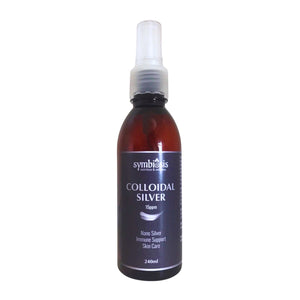

Organic / Bio Wheat Flour | แป้งสาลี
Weight : 500g / 1Kg
Wheat flour is a flour that is obtained from the seeds of wheat using the endosperm part and milling it into a fine powder.
แป้งสาลี เป็นแป้งที่ได้จากเมล็ดข้าวสาลีโดยใช้ส่วนเอนโดสเปิร์มแล้วบดให้เป็นผงละเอียด
Protein in wheat flour This makes wheat flour has specific properties that are different from other flours, consisting of protein, glutenin (glutenin) and gliadin in equal proportions, forming a disulfide bond. (disulfidebond) makes a gluten (gluten), which is sticky and flexible. Can store carbon dioxide That is produced by leavening agents such as yeast or baking powder to maintain their shape.
โปรตีนในแป้งสาลี ทำให้แป้งสาลีมีคุณสมบัติเฉพาะที่แตกต่างจากแป้งอื่นๆ ประกอบด้วยโปรตีน กลูเตนิน (glutenin) และไกลอะดิน ในสัดส่วนที่เท่ากัน ทำให้เกิดพันธะไดซัลไฟด์ (disulfidebond) ทำให้กลูเตน (gluten) ซึ่งมีความเหนียวและยืดหยุ่น สามารถกักเก็บคาร์บอนไดออกไซด์ ที่ผลิตโดยหัวเชื้อ เช่น ยีสต์ หรือผงฟู เพื่อรักษารูปร่าง
The description of Organic/Bio Wheat Flour provides a succinct insight into its composition and unique properties, especially highlighting the importance of gluten formed by glutenin and gliadin proteins. This explanation sheds light on why wheat flour is so widely used in baking, given its ability to retain gas from leavening agents, contributing to the texture and structure of baked goods. Here are a few points to consider for a more comprehensive overview:
Enhancements and Additional Information:
-
Nutritional Profile: Expand on the nutritional value of wheat flour, including its carbohydrate content, fiber, vitamins (especially B vitamins), and minerals (such as iron and selenium). This information can help consumers understand the health benefits associated with wheat flour.
-
Organic Farming Practices: Given the emphasis on the flour being organic or bio, detailing the farming practices that differentiate organic wheat from conventional wheat can be beneficial. This could include the absence of synthetic pesticides and fertilizers and the use of crop rotation and other sustainable practices.
-
Culinary Uses: Beyond its functionality in baking due to gluten, you might also mention other common uses of wheat flour in cooking, such as thickening soups and sauces, coating proteins before frying, or even making pasta and noodles.
-
Storage Recommendations: Offering guidance on how to best store wheat flour to maintain its freshness and nutritional quality could be useful to consumers. This might include recommendations on keeping it in airtight containers and storing it in cool, dry places or even refrigeration for long-term storage.
-
Versatility of Wheat Flour Grades: Touching on the different grades of wheat flour (such as whole wheat, white, all-purpose, bread flour, etc.) and their respective uses could provide readers with a clearer understanding of which type of wheat flour to choose for specific recipes.
-
Health Considerations: Briefly addressing dietary considerations related to gluten sensitivity or celiac disease, and suggesting that those affected should opt for gluten-free alternatives, would make the description more inclusive.
Conclusion:
Organic/Bio Wheat Flour, with its essential role in baking and cooking due to its unique protein composition and the formation of gluten, is indeed a staple ingredient in kitchens worldwide. Enhancing the description with additional nutritional information, organic farming details, and storage tips can further inform and appeal to a broad audience interested in the health, culinary, and sustainability aspects of their food choices.
__________________________________________________________________________
Органическая / био пшеничная мука
Вес: 500 г
Пшеничная мука - это мука, которую получают из семян пшеницы с использованием части эндосперма и измельчения ее в мелкий порошок.
Белок в пшеничной муке Благодаря этому пшеничная мука имеет особые свойства, отличные от других видов муки, и состоит из белка, глютенина (глютенина) и глиадина в равных пропорциях, образуя дисульфидную связь. (дисульфидбонд) образует клейковину (глютен), которая является липкой и эластичной. Может накапливать углекислый газ, который вырабатывается разрыхлителями, такими как дрожжи или разрыхлитель, для поддержания формы.





